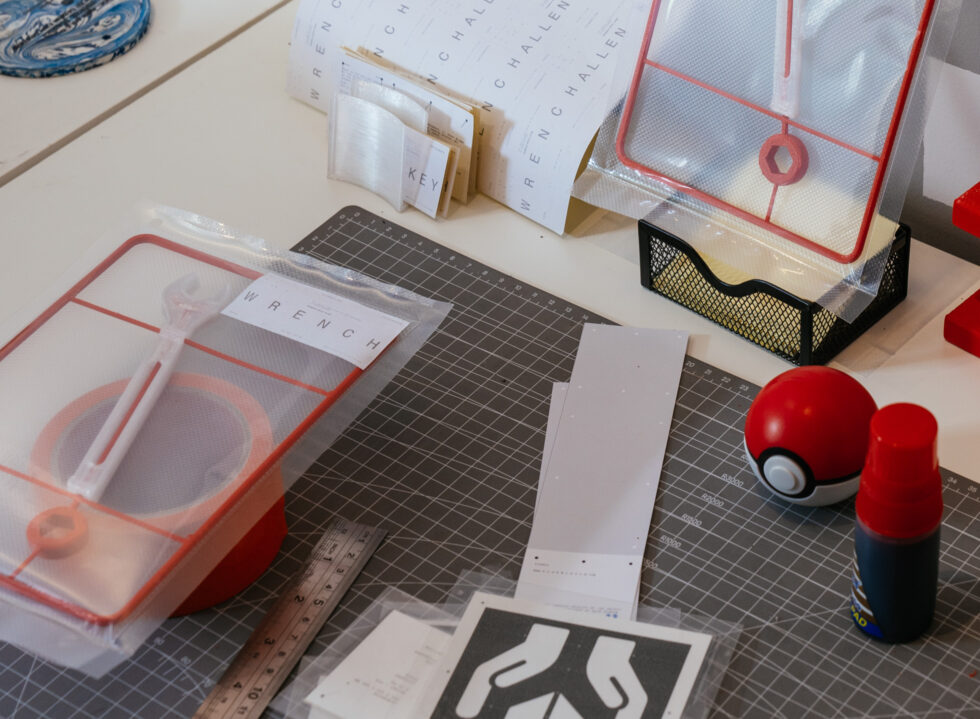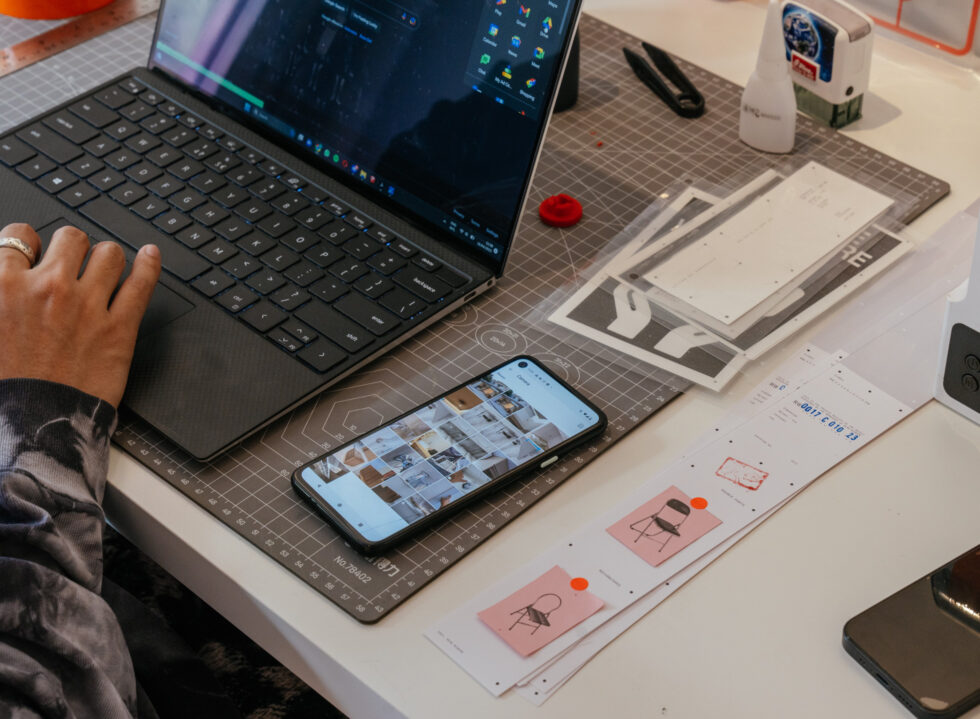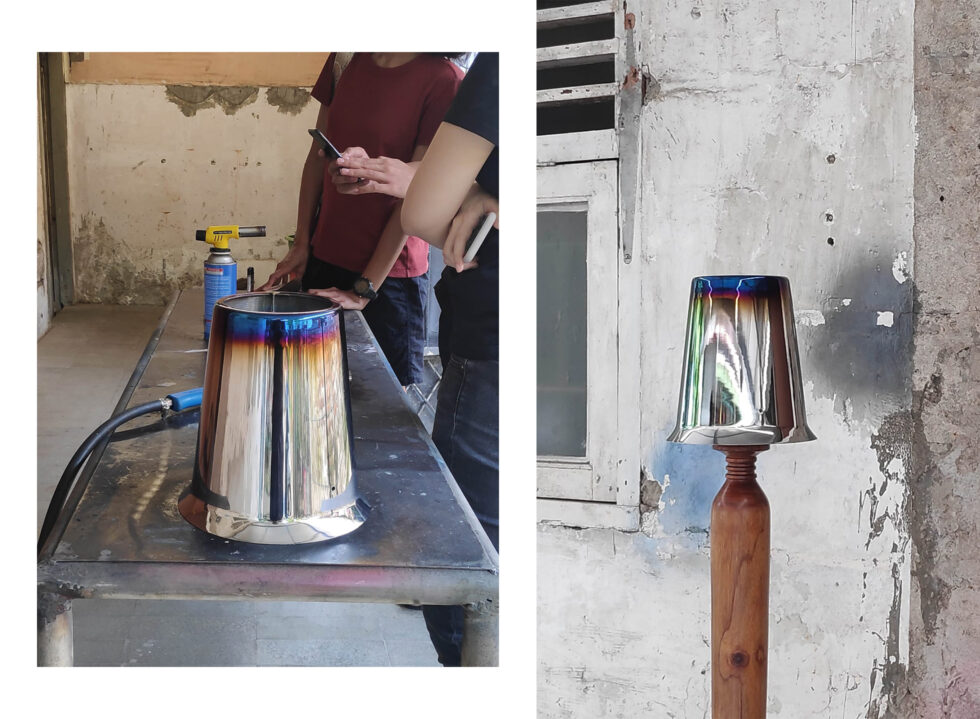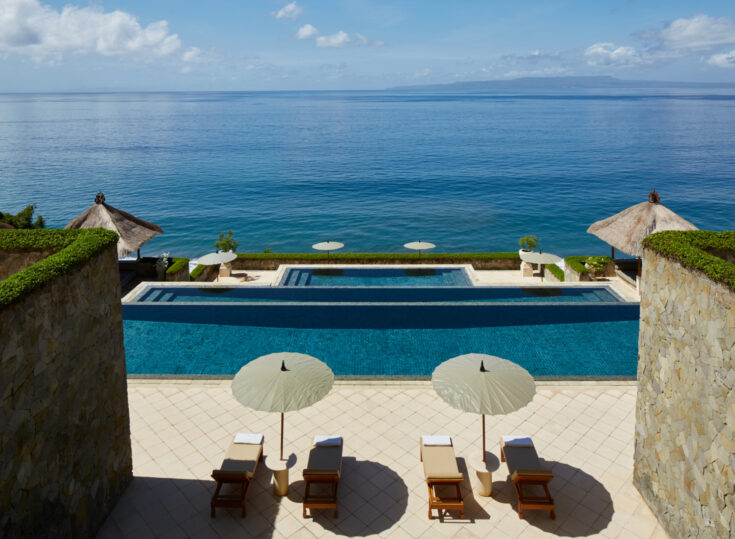When twin brothers Rama and Romy Dwiwahyu were deciding what they wanted to pursue in college, they had already known—though with no solid plans at the time—that down the road, they were going to work together. “Both of us have been pretty involved in various design projects since high school, so once Rama was set on architecture, I went with its ‘pair’, interior design as I was also drawn to furniture,” shared Romy.
As for Rama, the older of the two by a 12-minute gap, he laughingly admits that what convinced him to take the plunge into architecture was his friend’s comment about how even famed architects have lousy sketches. “It was a joke but it kind of spurred me to go for it”.
After completing their studies in Bandung—Romy in ITB (Institut Teknologi Bandung) and Rama in Universitas Parahyangan—they moved back to Jakarta to intern under celebrated architects including Andra Matin and the late Ahmad Djuhara, prior to settling for a few years at design studio FFFAAARRR.
In between clocking hours at work, the two were also involved in a few projects with creative director and designer Michael Killian, with whom they still work closely up to this day, to execute designs that stand out among the city’s myriad of establishments, including Demie Bakmie and most recently, Oliv.
“All of these different studios and practices have established their design compass and have very strong identities,” Romy shared. “So we absorbed what worked for us, which was to interpret design through a fluid, holistic yet playful lens,” shared Rama on the approach the two adopt when it comes to their practice.
At 27, the two are among the next generation of designers making a mark in the city’s creative scene, spreading their design language across industries from fashion to F&B, pooling clients like Bebop, Braud and newly-opened lifestyle compound in Cilandak, Paradia, to name a few.
Where others might be quick to turn down the idea of working and living so closely with a family member, Romy and Rama get along most when they are at work. “We have a very easy working relationship, it’s outside work that we have small disagreements,” laughed Romy.
Their designs are genreless, not quite easy to pinpoint yet linked together by a polarised approach that meshes different styles, textures and materials to stretch what a particular object should look like while still responding to the role and space it inhabits.
“Sometimes, it’s not about creating something new altogether, it’s about finding ways to find newness in something that’s already there.” – Romy Dwiwahyu
Say, a chair. For one of their earlier prototypes, the two remodelled an Ikea FROSTA stool to feature a spiky resin-moulded bottom surface that resembles a jackfruit skin in blood red. For a friend’s wedding, they customised two wooden chairs into bridal seats, where they attached thin slabs of steel to the seating area and along the back which juts out at a perfect angle.
“Designers are always searching for something new,” explained Romy, “The difference is how each generation achieves this. From what I see, our generation rejects sameness and welcomes a more polarised design perspective.” Rama jumped in, “It can be as simple as “I’m bored of the things I’m seeing day to day. From there we try to come up with something that counters that.”
Recently, they completed renovations to their studio, which conveniently sits behind their house in Pejaten. “It’s where we cook our references and materials together”, Rama enthusiastically shared. A stream of design treatments and finishing methods get tested here before being applied to a project; The bathroom walls feature the same wood grain painted technique that can be seen in Oliv but in burnt orange; A sleek, curved silver chair sits next to the bending machine, a prototype for Aunty Chef by COOK’s.
Their fascination with steel and its possibilities as a material is quite hard to conceal. Sealed in plastic to create a fume chamber, their most recent experiment occupies one corner of the room. Sprayed with vinegar and salt, the custom steel bench has been exposed to ammonia gas for almost two weeks to coax a chemical reaction known as a patina to achieve a coat of turquoise pattern on the rusty surface.
“For us, it’s not really about the output. Sure that’s important too, but it’s about fuelling this spirit of play that we get to explore through design” – Rama Dwiwahyu
This is also where the two worked on their refurbished furniture projects under the name ‘ReaR Window’, which started during the pandemic as a series of seven objects that were eventually shown in Bandung as part of an exhibition with the same name. Favouring loose experimentations to a rigid ‘sketch-then-produce’ process, the two recalled how they spent hours in the workshop experimenting with Pak Udin, their long-time technician.
In an accompanying printed publication by a friend titled ‘Another Business’, Romy and Rama likened their design process to “finding a different alternative to a movie”. “[The objects] already have an established form and function, so it’s not about creating something new altogether, it’s about finding ways to find newness in something that’s already there,” Romy explained.
They transformed a used dining chair, its legs replaced with hollow steel and installed with trolley wheels for mobility. A traditional, carved wooden chair with cracks and burn marks is filled with thin lines of silver resin, with a circular silver disk attached to the seating area and an incense holder slash ashtray to match placed on the armrest. Their favourite is a standing lamp, where they replaced the old shade with a wine bucket, torched on the edges to produce a burnt gradient effect.
Though their methods might appear nonchalant and ‘cut-and-paste’, to the discerning eye, their designs are grounded in a strong understanding of design and their ability to draw from multiple influences at once.
“Today, there’s a demand to be a well-rounded creative. Even as an architect or interior designer, we need to be sharp in different design fields and be able to look at a project through different lenses outside of our ‘expertise’” shared Rama. Sometimes, this looks like swapping between roles as a graphic designer, creative director, stylist, interior designer or architect, and having the confidence to back up your design instincts.
With all that said, Romy and Rama know how to press pause and not force creativity. “When we start getting tired or a little stuck, we usually play games or empty ourselves of the project for a little while,” Rama expressed. “For us, it’s not really about the output. Sure that’s important too, but it’s about fuelling this spirit of play that we get to explore through design”.




























